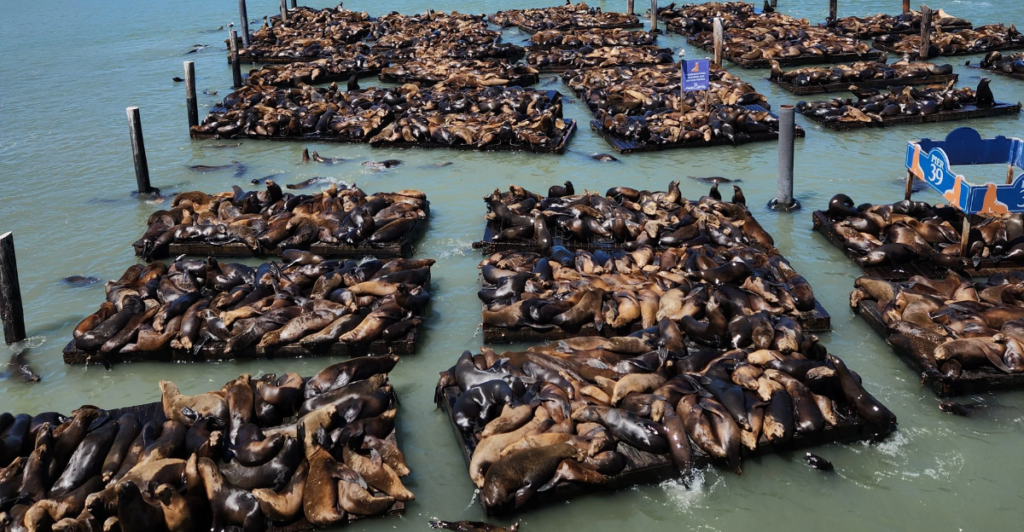
A disturbing increase in aggressive and erratic behavior in California sea lions has been directly associated with toxic algal blooms seeding the waters with domoic acid, a powerful neurotoxin. These blooms, made worse by warming oceans and pollution, enter the marine food web through fish consumed by sea lions, causing catastrophic neurological symptoms, including seizures, disorientation, and unusual aggression. Reports of “demonic” sea lions attacking humans underscore the crisis’s severity, with marine rescue centers inundated with hundreds of cases a day. This phenomenon underscores the profound link between the health of our environment and wildlife behavior, a warning sign of the effects of ecological imbalances. Immediate action is needed to address the root causes of these blooms before further harm is inflicted on marine ecosystems and human communities.
Harmful Algal Blooms
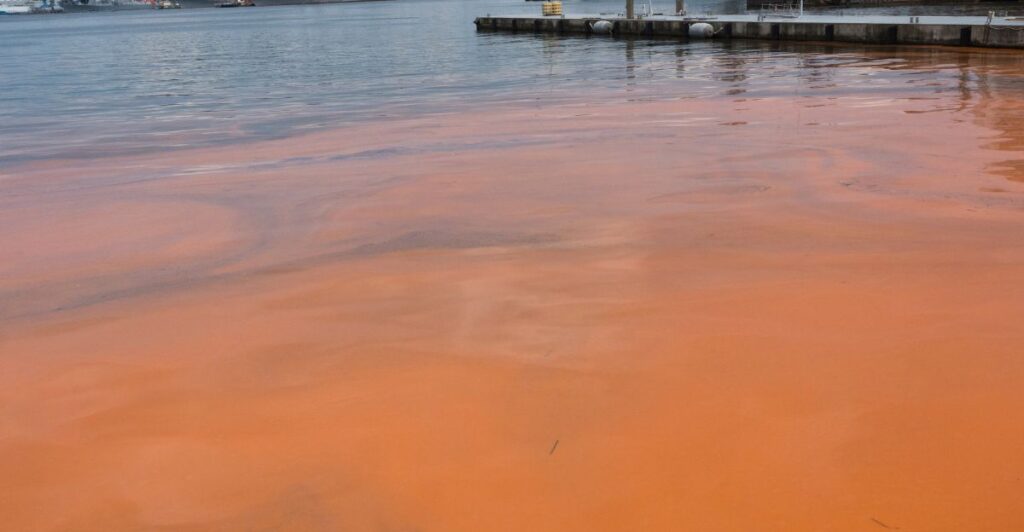
Harmful algal blooms, historically known as “red tides,” are not new, but their occurrence and severity have increased because of climate change and nutrient pollution.
While such events have periodically wreaked havoc on marine ecosystems, the current blooms along parts of California’s coast are among the worst ever recorded. The 2023 bloom, which has killed more than 1,000 sea lions, set a grim precedent for the current crisis.
Historically, such blooms occurred every four to seven years, but rising temperatures and increased water pollution have accelerated their frequency. This change highlights the need for long-term solutions to reduce their impact on marine life and coastal communities.
Climate Change and Algal Blooms

Climate change is a key contributor to the intensification of harmful algal blooms. Warmer ocean temperatures coupled with nutrient runoff from farms and cities provide a perfect breeding ground for algae.
But these blooms are now occurring more often and more intensely than the conventional four-to-seven-year cycle, posing mounting risks to marine life and human health.
Warmer waters spur algae growth and extend their geographical reach, impacting much broader areas of the coast. This situation emphasizes the urgency of global climate action to combat the underlying causes of these environmental disruptions and safeguard marine ecosystems from further damage.
Neurological Impact of Domoic Acid
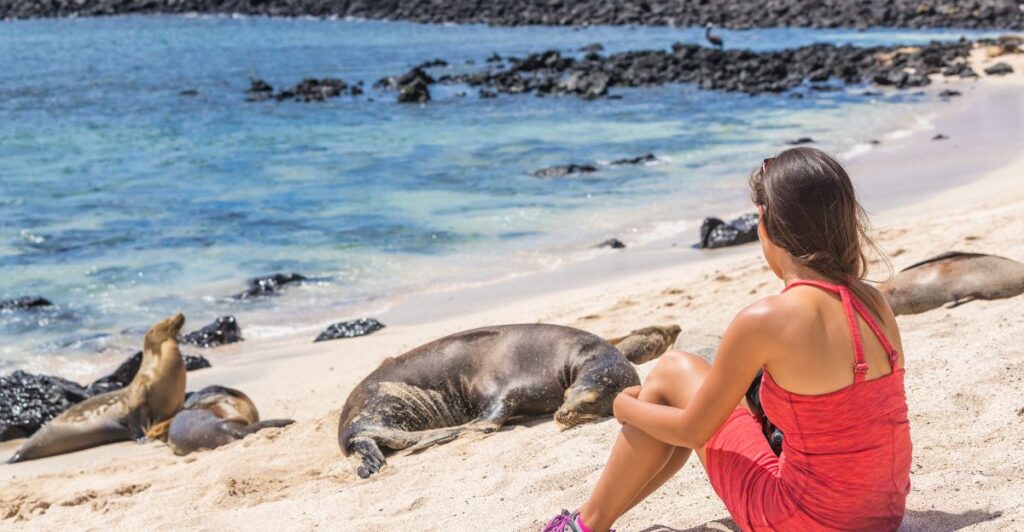
Domoic acid, a neurotoxin released by toxic algal blooms, has a catastrophic effect on the sea lions’ nervous systems, causing lethargy, seizures, and aggressive behavior, among other symptoms.
The toxin attaches to receptors in the brain, and if the exposure recurs or goes untreated, it can cause permanent damage. This poisoning is not limited to sea lions, but also affects dolphins, seabirds and humans who eat tainted seafood.
Domoic acid has a deadly neurological impact, leading to death for marine mammals. Understanding the toxin’s effects is essential for identifying new treatment and prevention measures and reporting the broader effects harmful algal blooms can have on marine and human health.
Behavioral Shifts in Marine Mammals
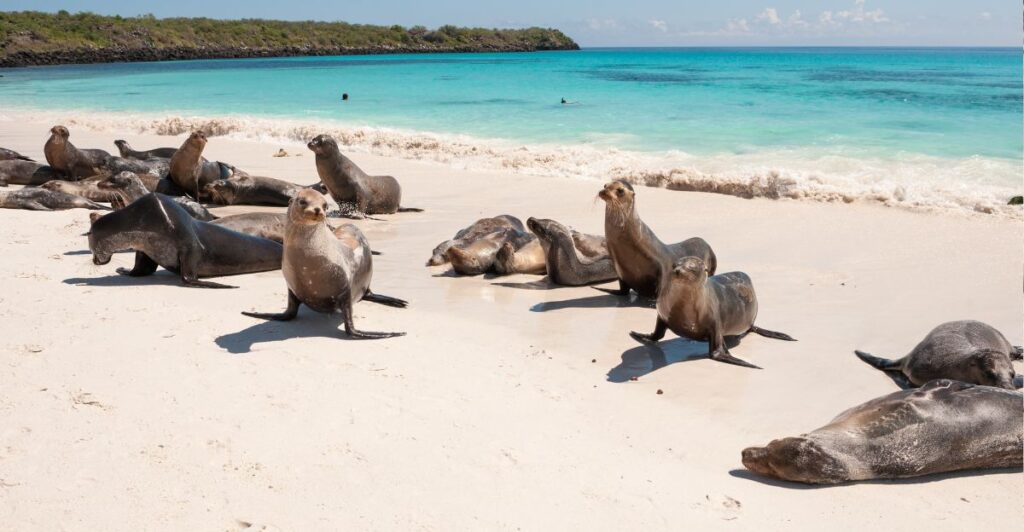
The “demonic” aggression observed in sea lions is an example of a larger behavioral trend among marine species being altered by environmental stressors. As climate change disrupts ecosystems, marine mammals are showing increasing cases of erratic behavior, including changes in their feeding, breeding, and migratory patterns.
Similar phenomena have been observed around the world as species adapt — or fail to adapt — to rapidly changing conditions. These behavioral changes are not just anomalies but symptoms of the systemic ecological imbalance.
Mitigating the root causes of these changes, such as climate change and pollution, is crucial for restoring stability to marine ecosystems and ensuring the survival of vulnerable species like sea lions.
Economic and Human Impacts
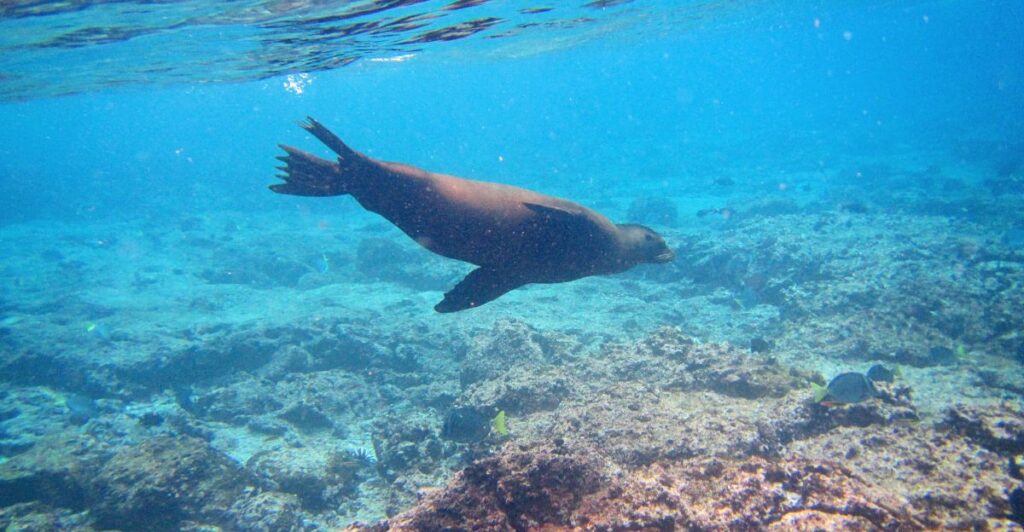
The sea lion crisis isn’t just a wildlife issue; it poses significant risks to coastal economies that depend on tourism and fisheries. Aggressive sea lion encounters deter beachgoers and surfers, while contaminated seafood threatens public health.
The economic toll of the disruptions caused by algal blooms is causing havoc for businesses and households across California’s coastline. The expense of rescue missions and medical care of the impacted marine mammals also drain limited resources.
This crisis highlights a powerful link between environmental and economic health, illustrating the necessity for integrated strategies to address the widespread consequences of harmful algal blooms to the communities and industries affected.
Rescue Efforts and Challenges
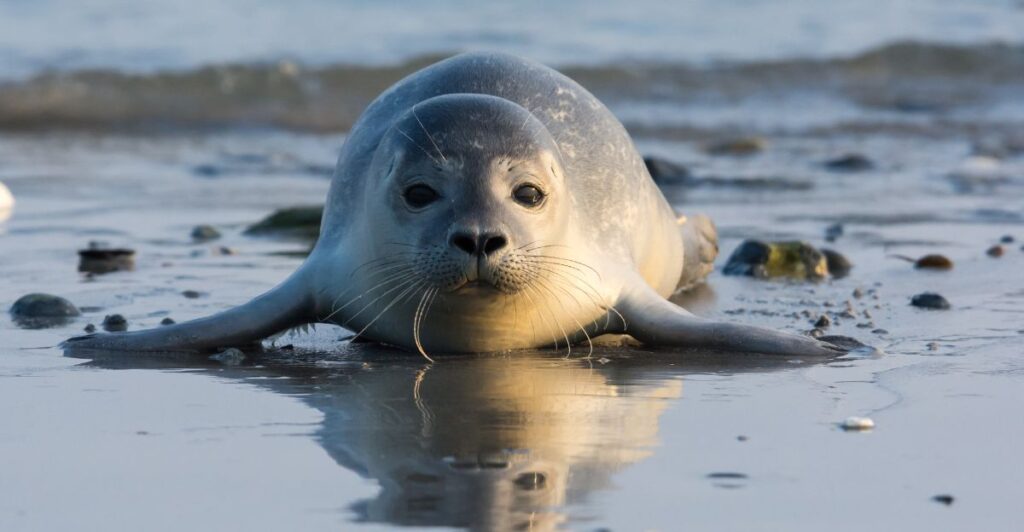
Marine mammal rescue organizations are struggling to keep pace with the influx of sick sea lions; some facilities, including the Marine Mammal Care Center, have treated more than 150 poisoned animals since February 2025.
Despite heroic efforts, limited resources are impeding comprehensive responses to this growing crisis. Rescue teams face logistical challenges, including the need for specialized care, transportation, and facilities to accommodate the surge in patients.
These organizations are being pushed to their limits — and they need more funding and public backing to bolster their response capabilities. Failure to take immediate action will further compromise our ability to rescue an increasingly affected marine ecosystem, worsening the crisis.
The Role of Pollution in Algal Blooms
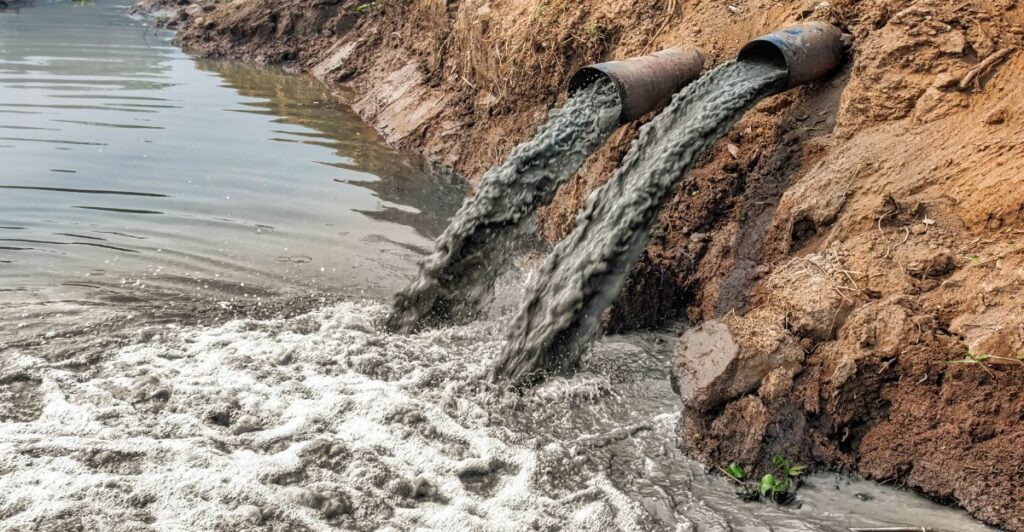
Pollution also greatly contributes to harmful algal blooms by introducing excessive nutrients into marine environments via stormwater runoff and improper waste disposal.
Agricultural fertilizers, industrial waste, and urban runoff are sources of the nutrient overload that fuels algae growth. Tackling pollution at the source is vital for preventing future outbreaks.
This requires stricter waste management regulations, improved agricultural practices, and public awareness campaigns to minimize pollution. By addressing the root causes of nutrient pollution, communities can prevent the conditions that contribute to harmful algal blooms and ultimately protect the marine ecosystems and marine species that rely on them.
Prevention Strategies

To combat harmful algal blooms, systemic changes will need to occur, such as increasing pollution regulations, fighting climate change to reduce ocean warming, and increasing public awareness about marine conservation practices.
Collaborative efforts between some governments, scientists, and communities are vital for long-term solutions. Algal blooms can be managed using preventive measures such as reducing nutrient runoff, monitoring water quality, and restoring natural habitats.
Public education campaigns can also help encourage responsible environmental habits. By addressing the root causes of these blooms and promoting sustainable practices, society can work towards a future where marine ecosystems thrive and crises like the current sea lion epidemic are prevented.
Final Analysis

The “demonic” sea lion phenomenon highlights the interconnectedness of environmental degradation in marine ecosystems. Beyond immediate rescue efforts, mitigating climate change and pollution, which are their everyday realities, is an urgent necessity to avoid similar dilemmas in the future.
Humanity’s stewardship of oceans will determine whether such alarming events become rare anomalies or recurring disasters. This crisis is a wake-up call — a reminder that we need to take global action to protect marine life and the communities that rely on it. By prioritizing marine ecosystems and human populations before the impacts of harmful algal blooms become a reality.
Explore more of our trending stories and hit Follow to keep them coming to your feed!

Don’t miss out on more stories like this! Hit the Follow button at the top of this article to stay updated with the latest news. Share your thoughts in the comments—we’d love to hear from you!







